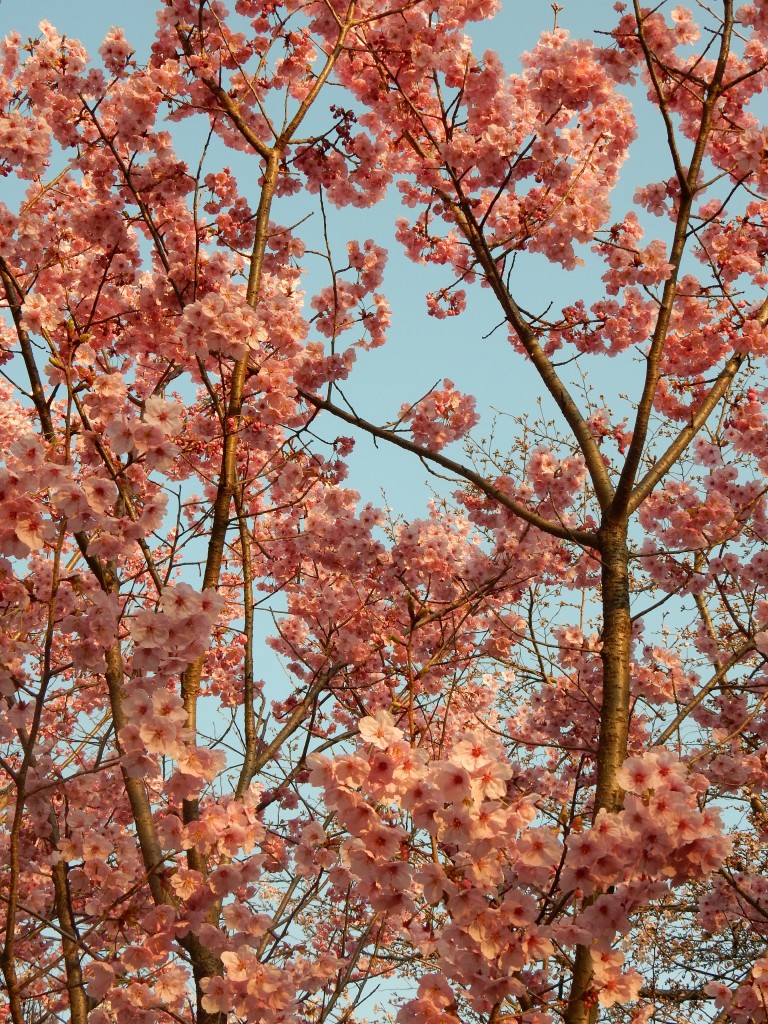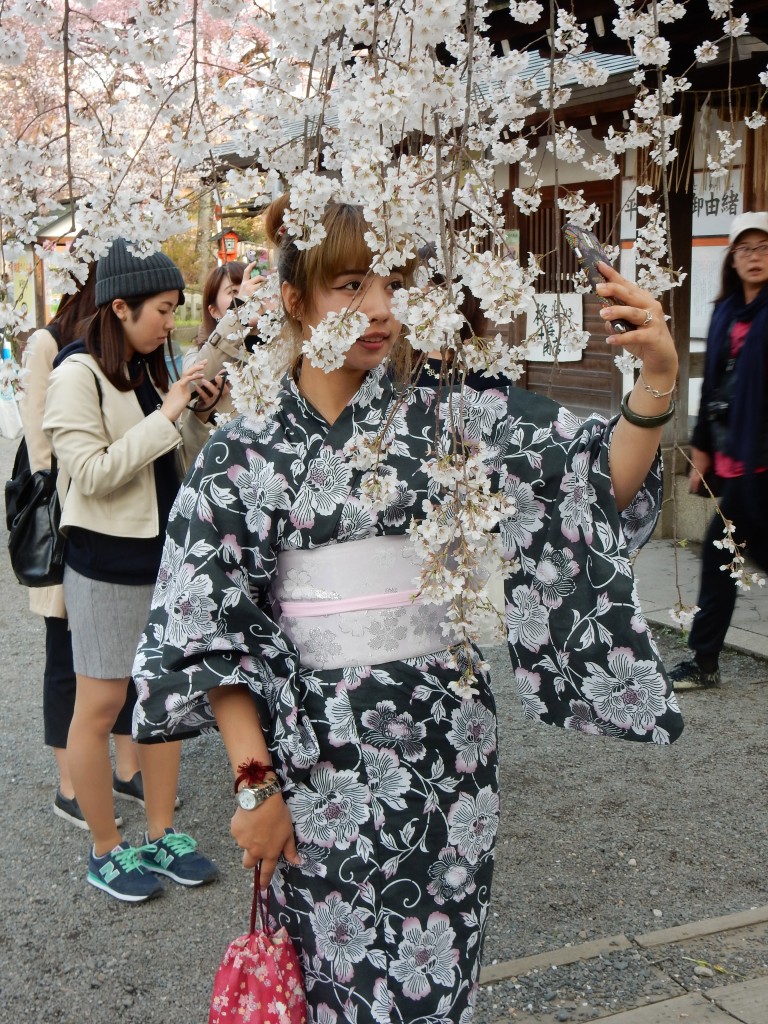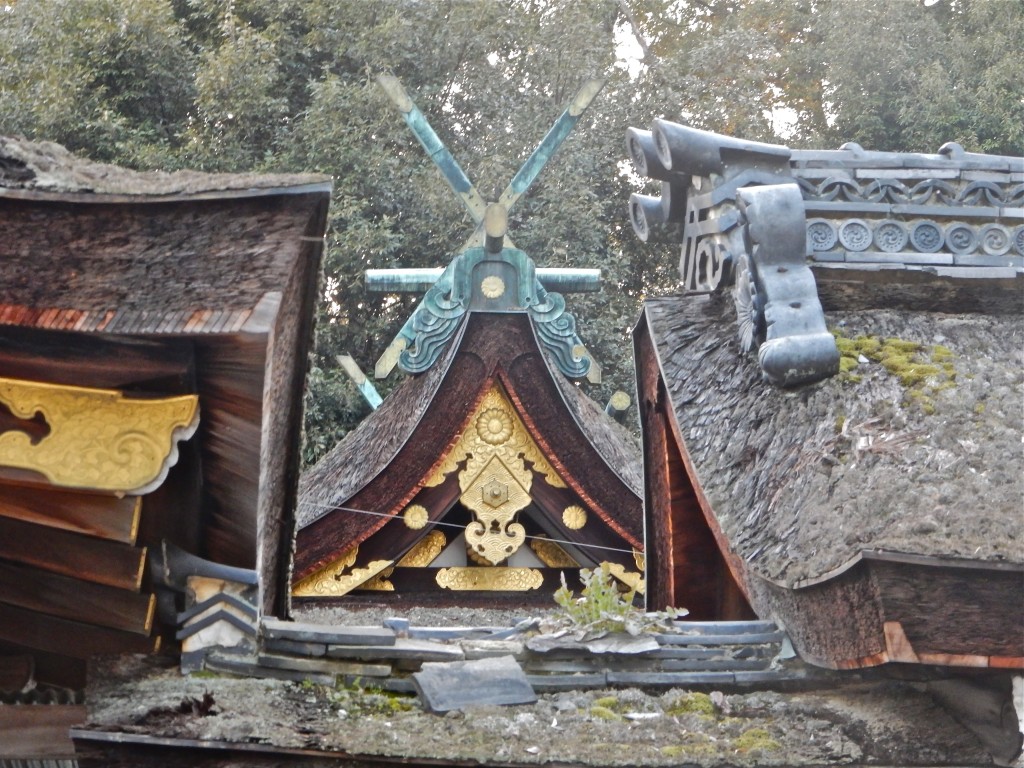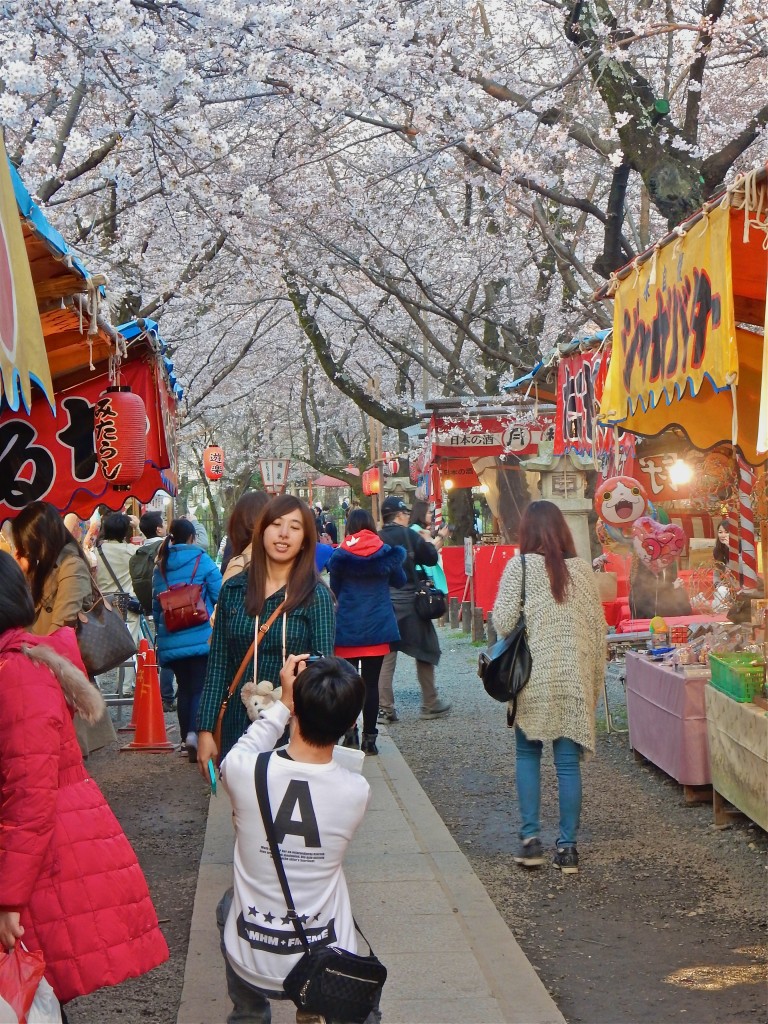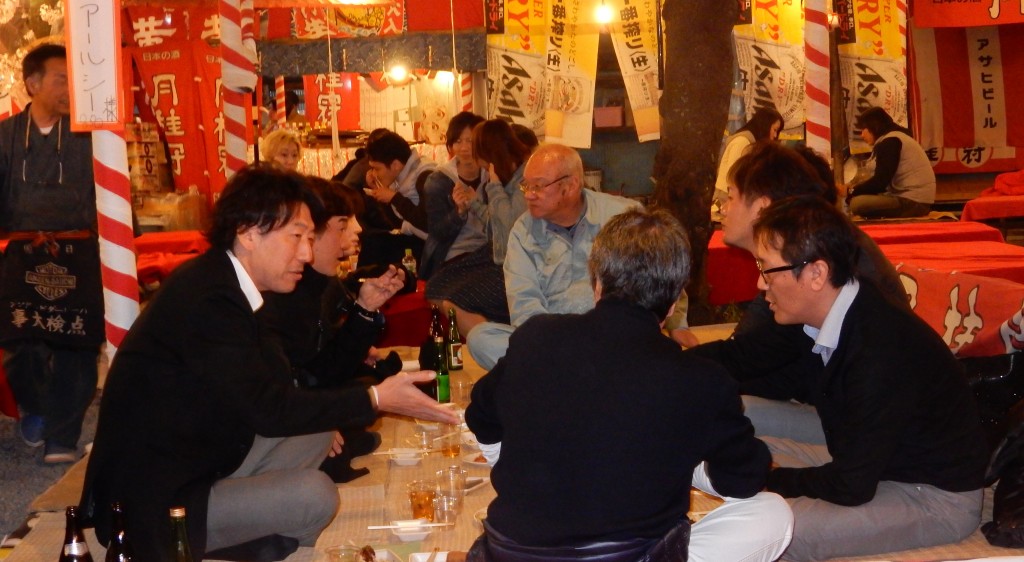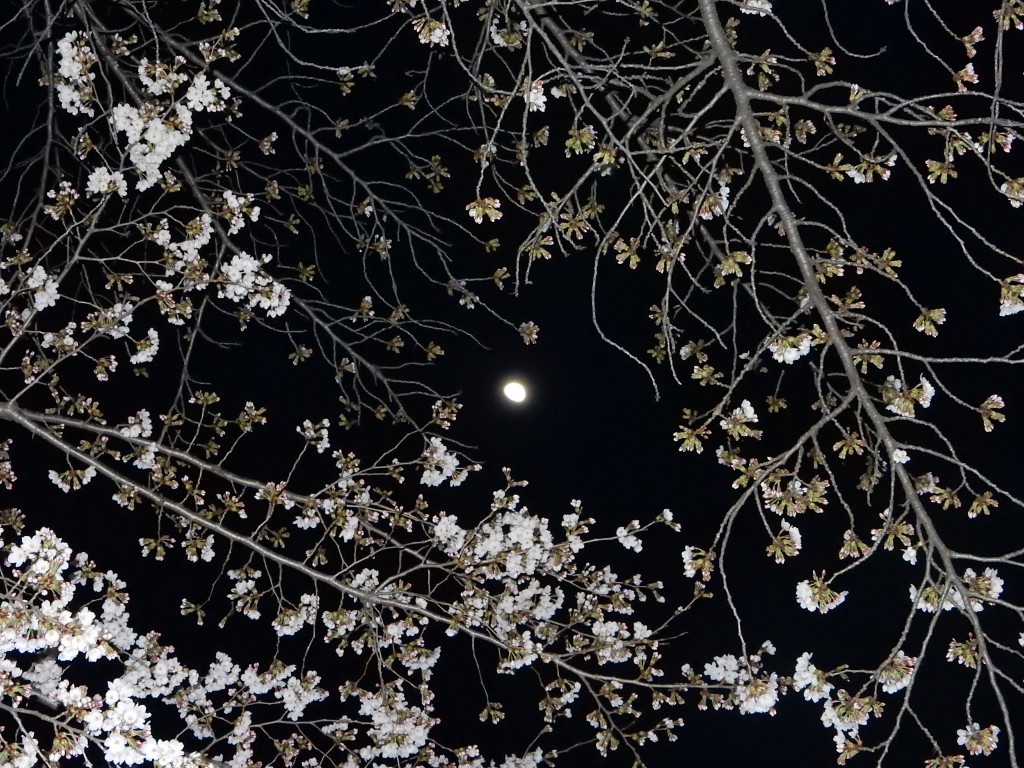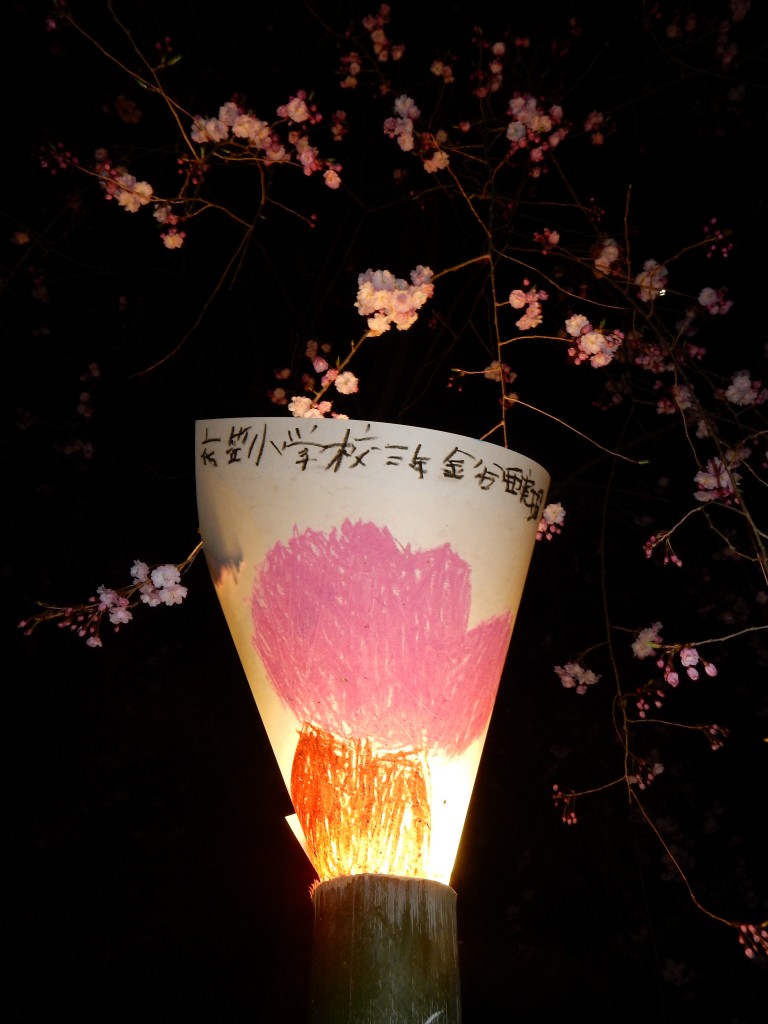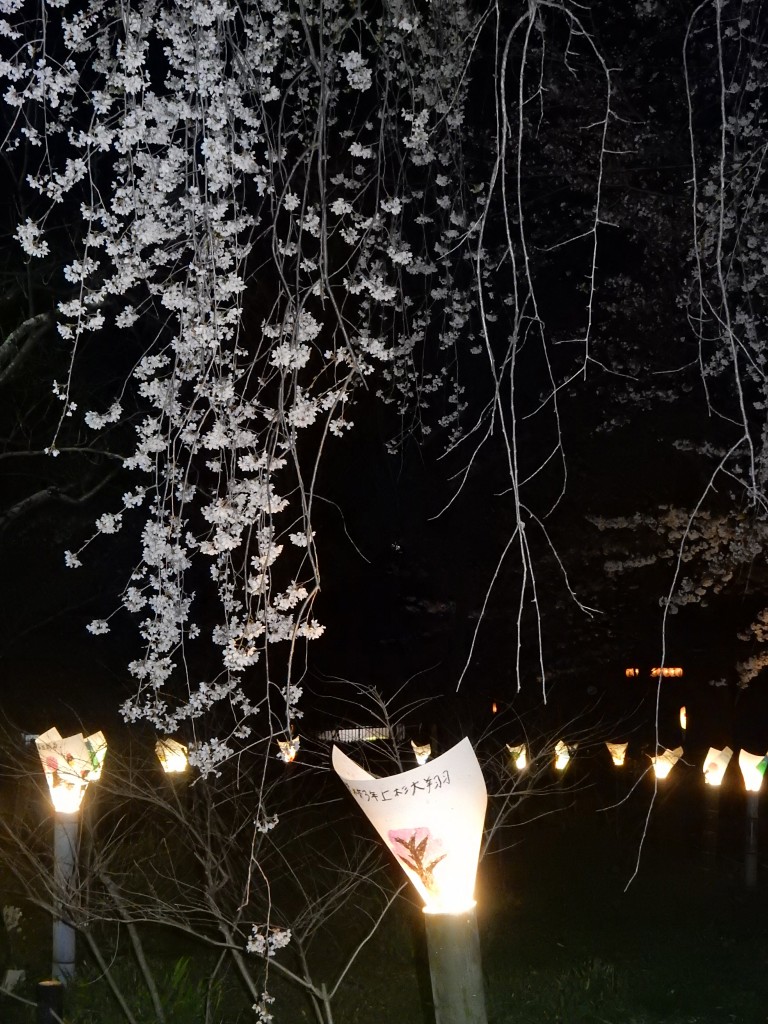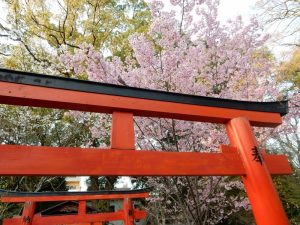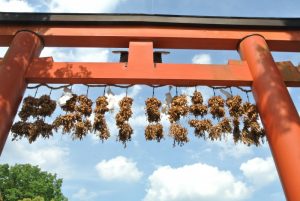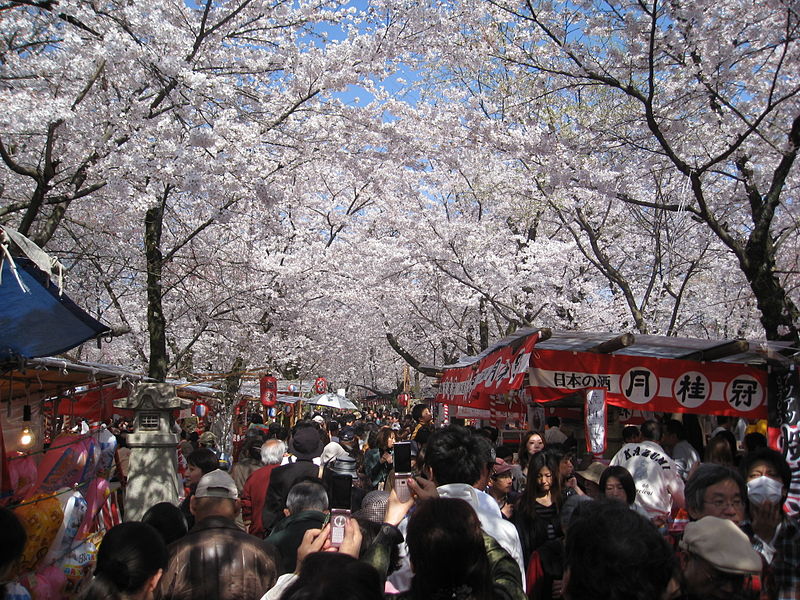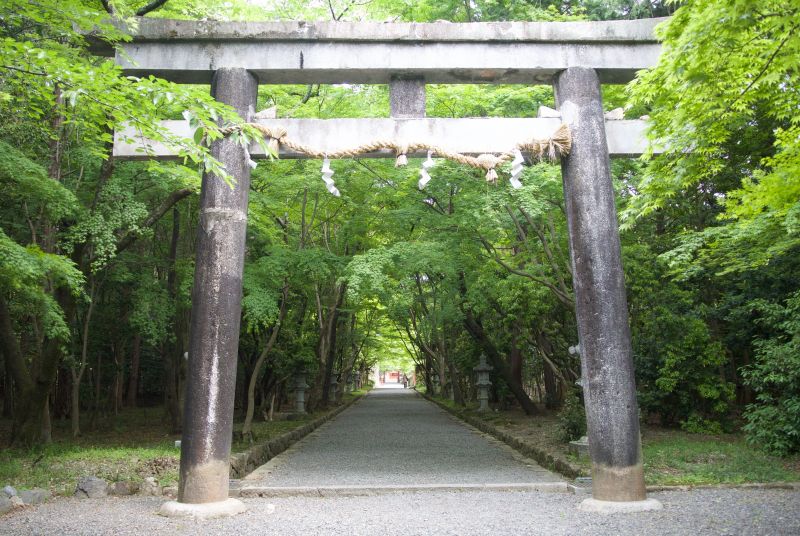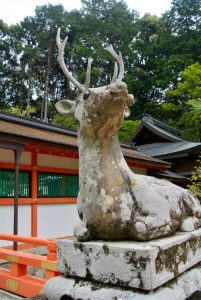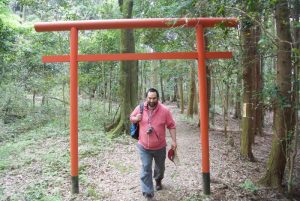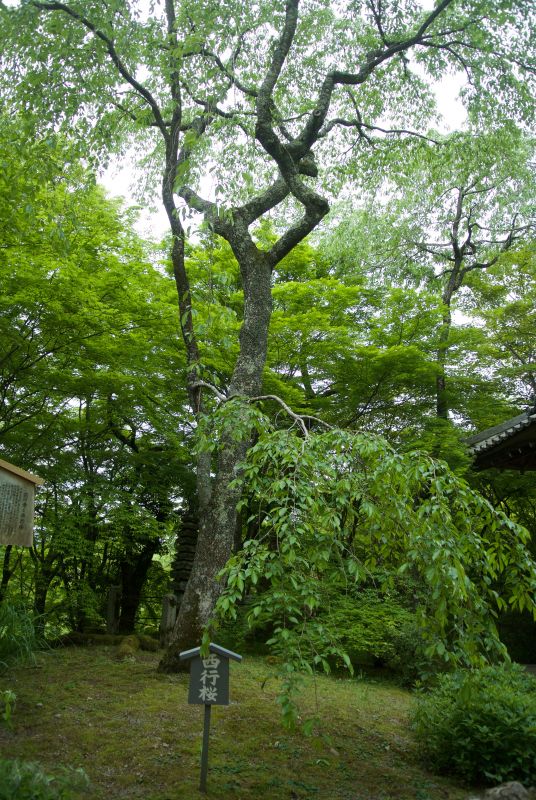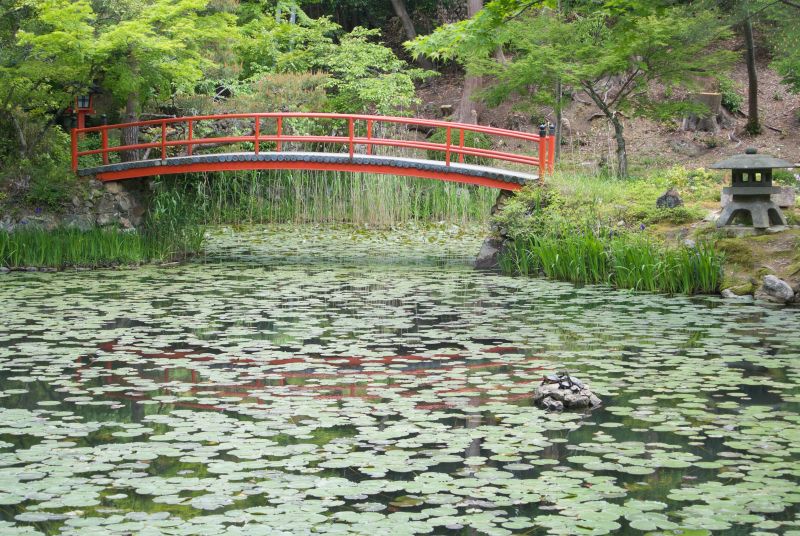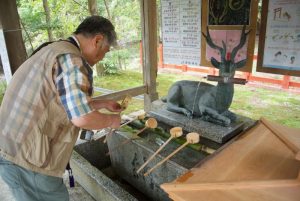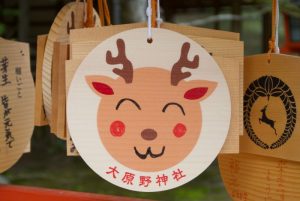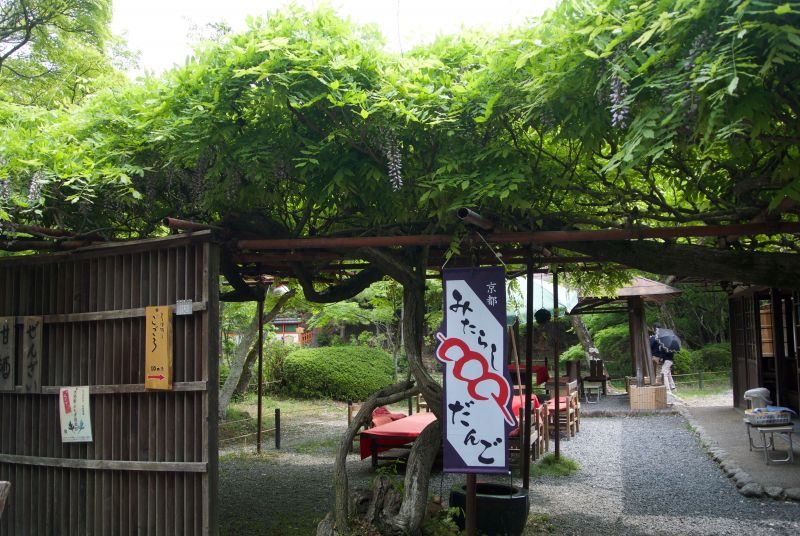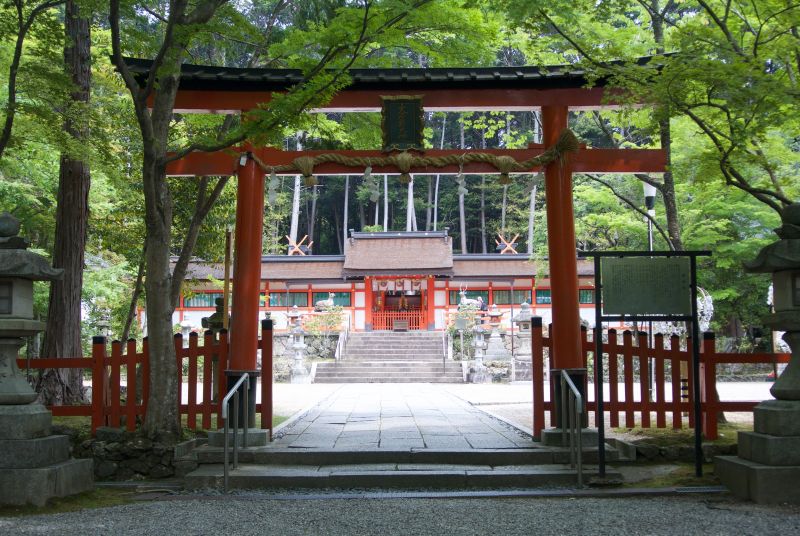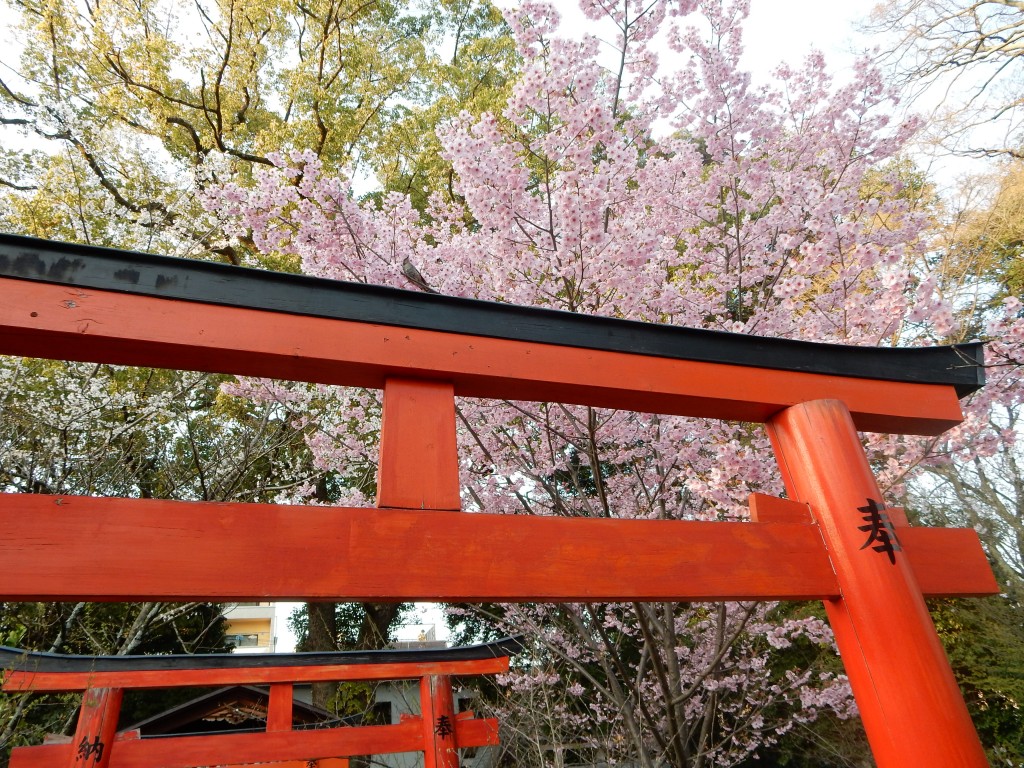The following is taken from a Japan News article entitled ‘Urban Japanese Losing Touch With Animistic Roots; Soulful Greenery Gives Way to Soulless Cement’ by Kagefumi Ueno (a civilization essayist and a former Japanese ambassador to Guatemala (2001-04) and the Holy See (2006-10).)
The article is notable for depicting the friction between modernity and Japan’s traditional animism. As well as considering the literary history, the piece suggests that the dualism of Western science with an animist mindset underlies the ‘mystique’ that attracts so much foreign interest in Japan.
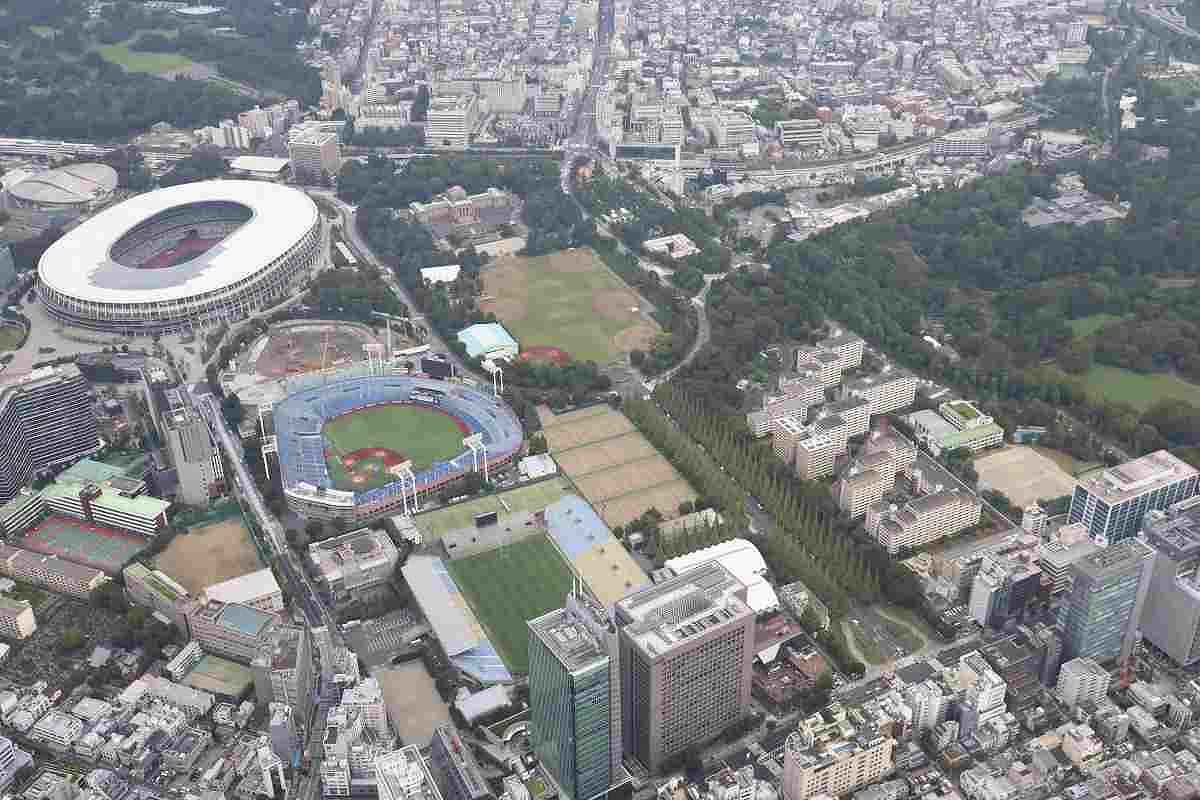
Kagefumi Ueno writes…
May 23, 2024
The season of hanami cherry blossom viewing parties has passed. Some people — especially visitors to Japan from abroad — may have wondered why such huge numbers of people gathered around the flowering trees with bento lunches and cups of sake.
As I see it, they were out there not just to view the blossoms but also to empathize with the flowers for their ephemerality. In full bloom for just a few fleeting days, they present an analogy to human mortality. It may not be an exaggeration to say that Japanese hanami-goers deem the cherry blossoms to be their kin. Such sentiment appears to be almost animistic.
Indeed, the Japanese often regard animals or even plants as their fellow beings. In the Heian period (794-late 12th century), an era of aristocracy, poets such as Kino Tsurayuki and Saigyo Hoshi, a Buddhist monk, lamented the short lives of flowers, meaning the short lives of people.
In the Edo period (1603-1867), the most renowned haiku poet Matsuo Basho conveyed the profundity of nature through depictions of crows, frogs, cicadas and so forth. Kobayashi Issa, another haiku master known as a lover of small animals, made poems expressing his sympathetic feelings towards sparrows, flies and even mosquitos. These poets had sharp sensibilities to the changing voices of nature in an animistic way.
Their works are classic manifestations of the animistic or pantheistic tradition of Japanese literature. Even today, such sensibilities are nearly omnipresent in the daily lives of many people in Japan.
Indeed, it should be added that Japanese revere not just the souls of animals, but also souls of inanimate objects such as machinery and utensils, which are honored through kuyo “funeral services” when their useful lives come to an end.
In this context, I am of the view that there are two basic cultures in the world. One stands on an assumption that inanimate matter is just material. The other assumes that matter is not just material but meta-material or spiritual. That’s why people embodying the latter culture sometimes hold funeral services even for objects.
The Japanese accept and value the modern science that began flooding into the nation about 150 years ago, and they have made great contributions to it as well — shown by the many Nobel Prizes won by Japanese scientists. Yet even so, the Japanese still preserve the animistic mindset as something natural and inherent. Hence, modernism and traditionalism cohabit without acute contradiction at school or at work. People adhere to modernism professionally while fostering traditionalism in the private sphere, forming the cultural dualism or hybridity that characterizes modern Japan. Some say this duality is part of the Japan mystique that attracts many of the foreign tourists who are now flooding into the nation.
The intake of Western civilization thus has not annihilated animism in the modernization process. Lately, however, Japanese animism faces another threat to its survival due to drastic urban development in big Japanese cities. Obviously, animistic traits are nurtured by a rich environment of trees and greenery. But deforestation and massive urban development have transformed big cities into barren expanses of soulless concrete.
This metamorphosis is weakening the animism of the Japanese. Younger generations here are less likely to regard matter as something spiritual. To them, giving funeral services to lifeless objects seems a bit weird. Some of them unequivocally say that they have little interest in animism as it is unscientific and belongs to bygone days.
Against this backdrop, one could say that urban civilization is unfriendly towards animism. Lamentably in Japan’s megacities, immense construction projects are now underway at the expense of trees and greenery. For example, a redevelopment project in the Meiji Jingu Gaien area in central Tokyo includes a plan to cut down many tall trees, triggering a big debate. [See photo above.]
This situation reminds me of Western conservative intellectuals such as T. S. Eliot, who were displeased with urban civilization and regarded it as a sign of mankind’s arrogance or sin. Be they in the East or in the West, old-school conservatives tend to share similar ethos.
All in all, one should be fully aware that the excessive de-greening of Japanese cities may further weaken or endanger animistic culture in Japan. Without healthy and robust animism, how could Japan be Japanese?
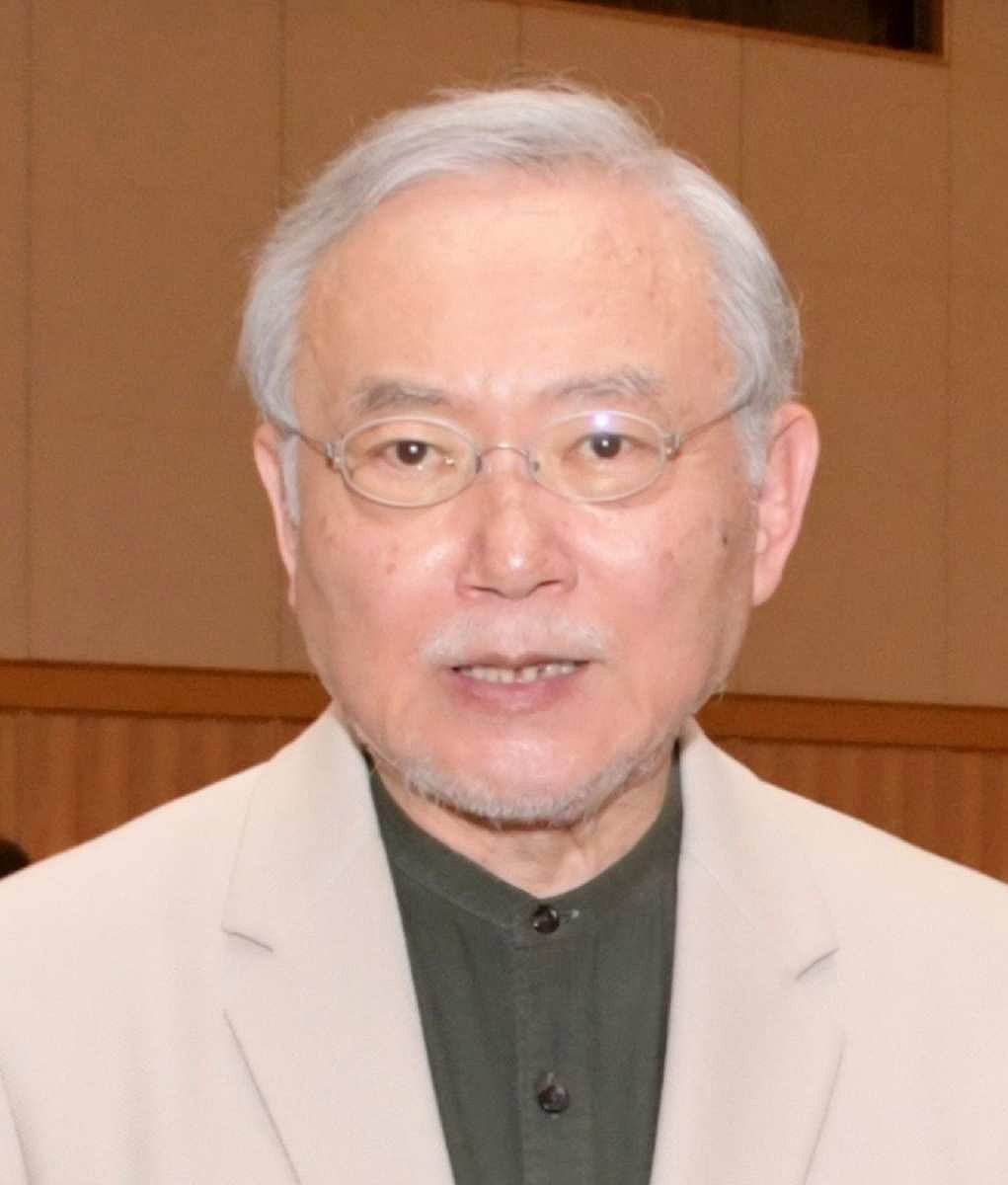
Author of the article, Kagefumi Ueno

